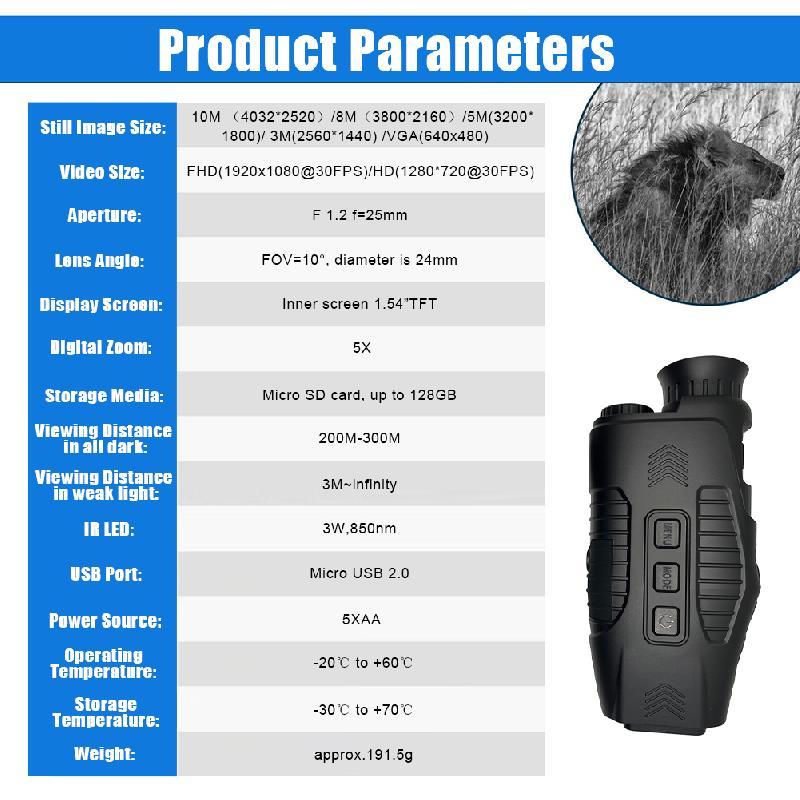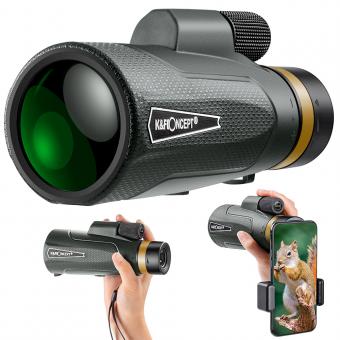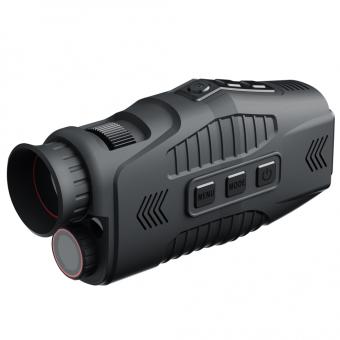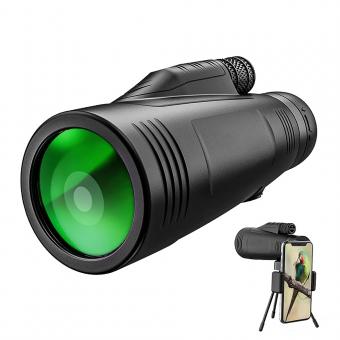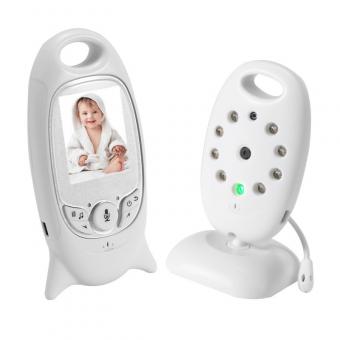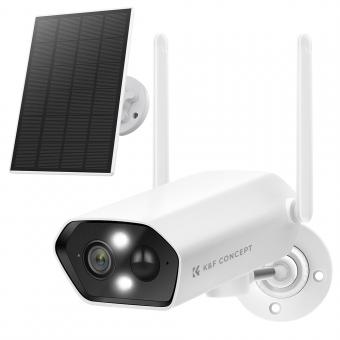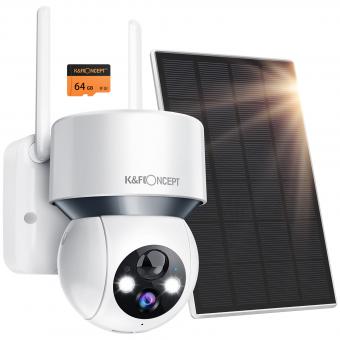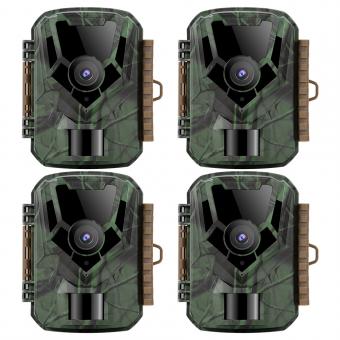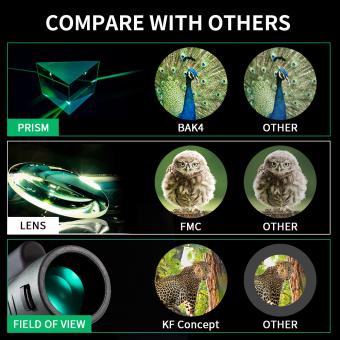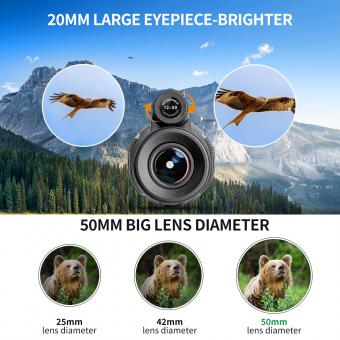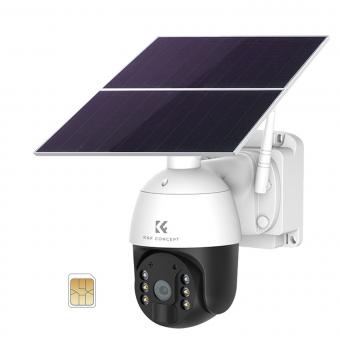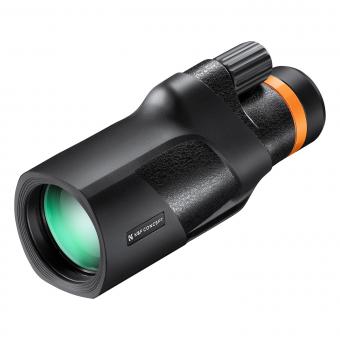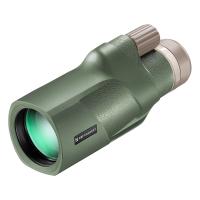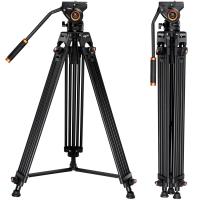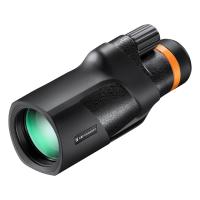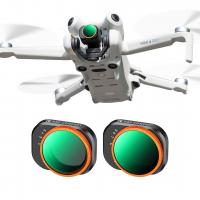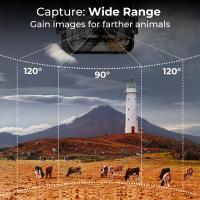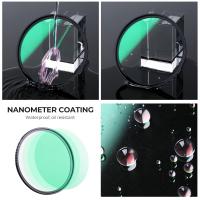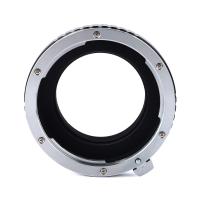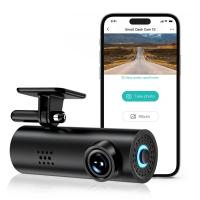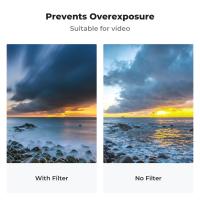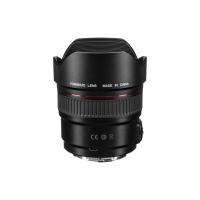Can I Fly With Monocular Vision ?
Yes, it is possible to fly with monocular vision. However, the requirements for obtaining a pilot's license may vary depending on the country and the type of license. In the United States, the Federal Aviation Administration (FAA) allows individuals with monocular vision to obtain a private pilot's license, but they must meet certain requirements, such as having a valid medical certificate and passing a practical test with an FAA-designated pilot examiner. Commercial pilot's licenses may have more stringent requirements. It is important to consult with a certified flight instructor and the appropriate aviation authority for specific guidelines and regulations.
1、 Depth Perception
Can I fly with monocular vision? The answer is yes, but it depends on the severity of your condition and the type of flying you want to do. Monocular vision means that you have vision in only one eye, which can affect your depth perception. Depth perception is the ability to perceive the distance between objects accurately, and it is essential for safe flying.
The Federal Aviation Administration (FAA) allows pilots with monocular vision to fly under certain conditions. If you have monocular vision, you must pass a medical examination and demonstrate that you can safely operate an aircraft. The FAA requires pilots with monocular vision to have a special issuance medical certificate, which is issued on a case-by-case basis.
The latest point of view on flying with monocular vision is that it is possible, but it requires extra training and precautions. Pilots with monocular vision must be aware of their limitations and compensate for their lack of depth perception. They must also be able to quickly adapt to changing conditions and make accurate judgments about distance and altitude.
In conclusion, if you have monocular vision and want to fly, it is possible, but you must meet certain requirements and take extra precautions. It is essential to consult with your doctor and the FAA to determine if you are eligible to fly and what steps you need to take to ensure your safety and the safety of others.
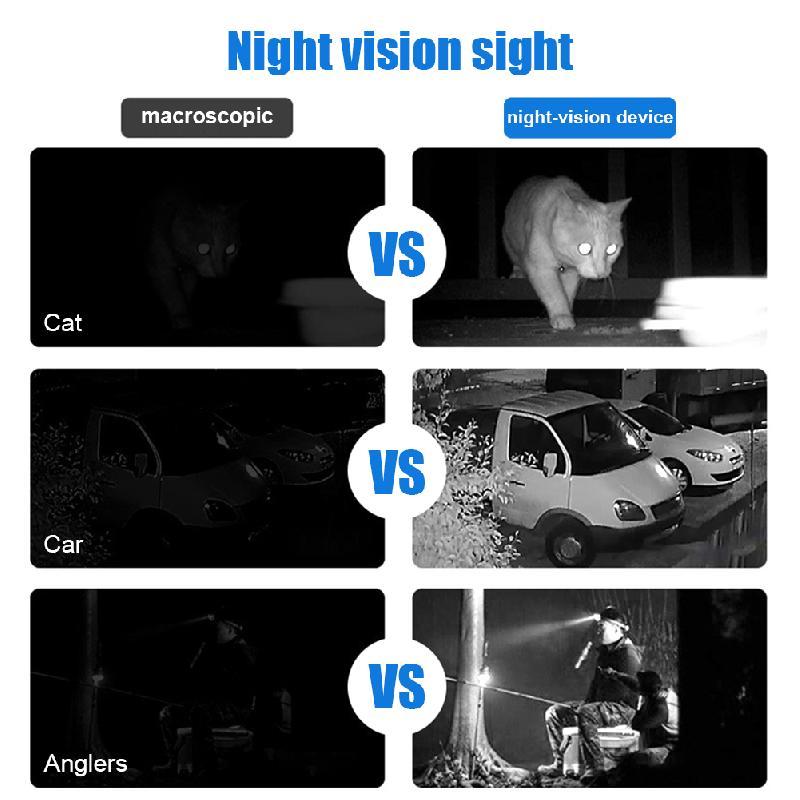
2、 Visual Field
Can I fly with monocular vision? The answer is not a straightforward yes or no. Monocular vision refers to the ability to see with only one eye, which can be due to various reasons such as injury, disease, or congenital conditions. The Federal Aviation Administration (FAA) has specific guidelines for pilots with monocular vision who wish to fly.
According to the FAA, pilots with monocular vision can obtain a medical certificate and fly as long as they meet certain requirements. These requirements include having good visual acuity in the remaining eye, having a sufficient visual field, and passing a practical test with an FAA-designated medical examiner. The visual field is the area that a person can see while looking straight ahead, and it is essential for pilots to have a wide enough visual field to be able to see and avoid other aircraft and obstacles.
However, the FAA has recently updated its guidelines for pilots with monocular vision. In 2019, the FAA announced that it would allow pilots with monocular vision to fly without a special issuance waiver if they meet certain criteria. These criteria include having at least 20/40 visual acuity in the remaining eye, having a minimum of 110 degrees of combined horizontal visual field, and passing a practical test with an FAA-designated medical examiner.
In conclusion, pilots with monocular vision can fly as long as they meet the FAA's requirements for visual acuity and visual field. The FAA's recent update to its guidelines has made it easier for pilots with monocular vision to obtain a medical certificate and fly without a special issuance waiver. However, it is important to note that each case is evaluated on an individual basis, and pilots with monocular vision should consult with an FAA-designated medical examiner to determine their eligibility to fly.
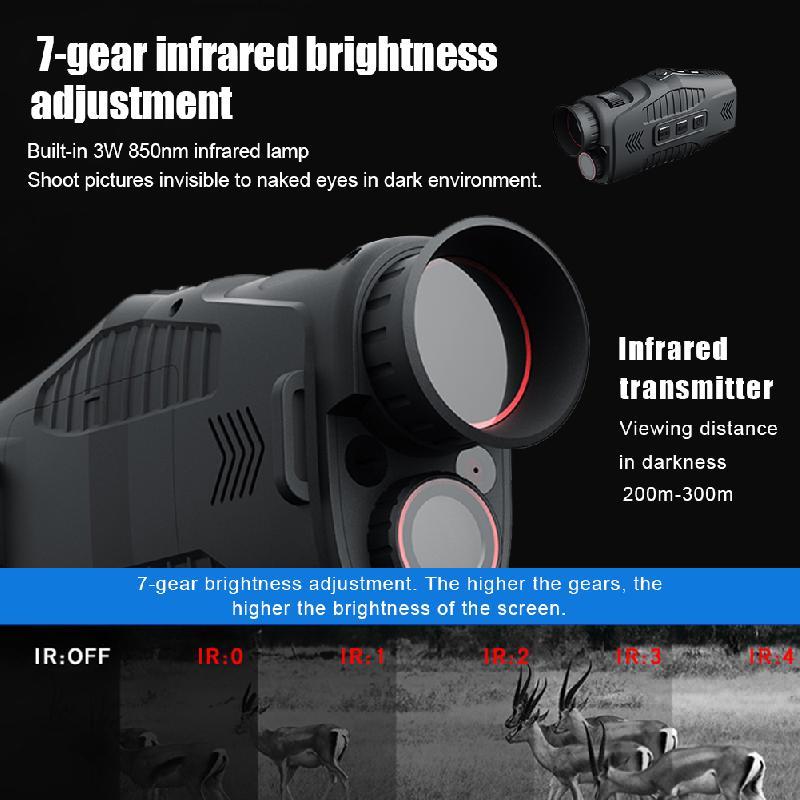
3、 Binocular Vision
Can I fly with monocular vision? The answer is yes, but with some limitations. Monocular vision refers to the ability to see with only one eye, while binocular vision refers to the ability to see with both eyes. In the past, the Federal Aviation Administration (FAA) required pilots to have binocular vision to obtain a pilot's license. However, in recent years, the FAA has revised its policy to allow pilots with monocular vision to fly under certain conditions.
According to the FAA, pilots with monocular vision can obtain a medical certificate and fly as long as they meet certain requirements. These requirements include having good visual acuity in the remaining eye, having no significant visual field defects, and passing a practical test that demonstrates the ability to safely operate an aircraft.
However, pilots with monocular vision may face some limitations. For example, they may not be able to fly in certain types of aircraft or in certain weather conditions. They may also need to undergo additional training to compensate for their lack of depth perception.
It is important to note that the FAA's policy on monocular vision and flying is subject to change. Pilots with monocular vision should consult with their aviation medical examiner and the FAA to ensure they meet the current requirements and limitations.
In conclusion, while pilots with monocular vision can fly under certain conditions, they may face some limitations and additional requirements. It is important for pilots with monocular vision to stay informed about the FAA's policies and to work closely with their aviation medical examiner to ensure they are fit to fly.
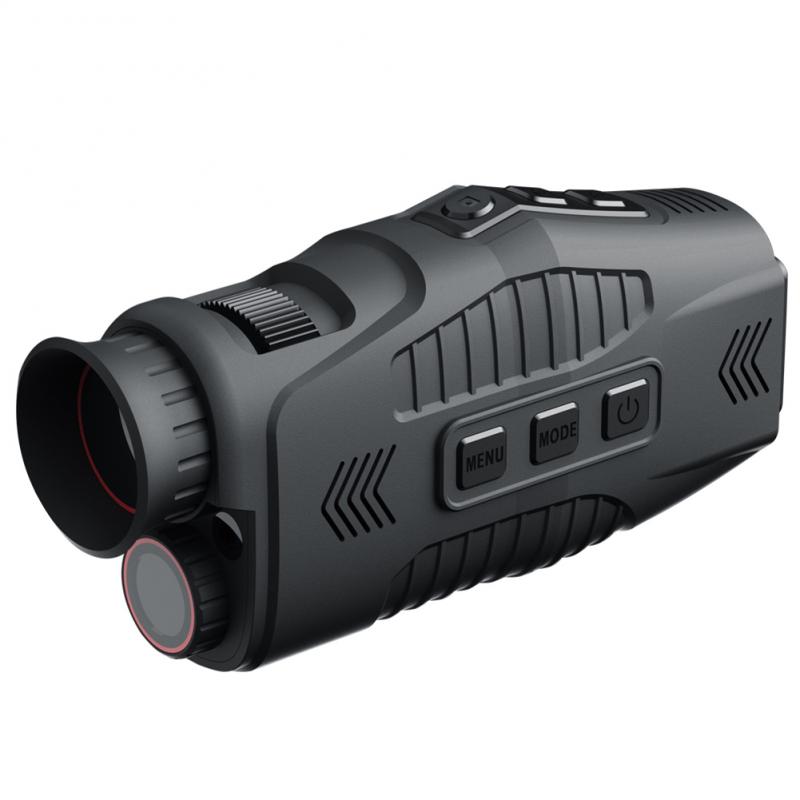
4、 Monocular cues
Can I fly with monocular vision? The answer is not a straightforward yes or no. Monocular vision refers to the ability to see with only one eye, which can affect depth perception and visual acuity. In the past, the Federal Aviation Administration (FAA) required pilots to have binocular vision, but in recent years, they have revised their policy to allow pilots with monocular vision to fly under certain conditions.
According to the FAA, pilots with monocular vision can obtain a medical certificate if they meet specific criteria. They must have good visual acuity in their remaining eye, with or without corrective lenses, and must pass a series of tests to demonstrate their ability to perceive depth and judge distances accurately. Additionally, pilots with monocular vision must have a restriction on their medical certificate that limits them to flying only during daylight hours and prohibits them from flying in certain types of airspace.
The latest point of view on this topic is that pilots with monocular vision can safely operate an aircraft as long as they meet the FAA's requirements and undergo regular medical evaluations. However, it is important to note that each case is evaluated on an individual basis, and some pilots with monocular vision may not meet the FAA's criteria for certification.
In conclusion, pilots with monocular vision can fly under certain conditions, but they must meet specific requirements and undergo regular medical evaluations. It is essential to consult with an aviation medical examiner and the FAA to determine if you are eligible for certification.
